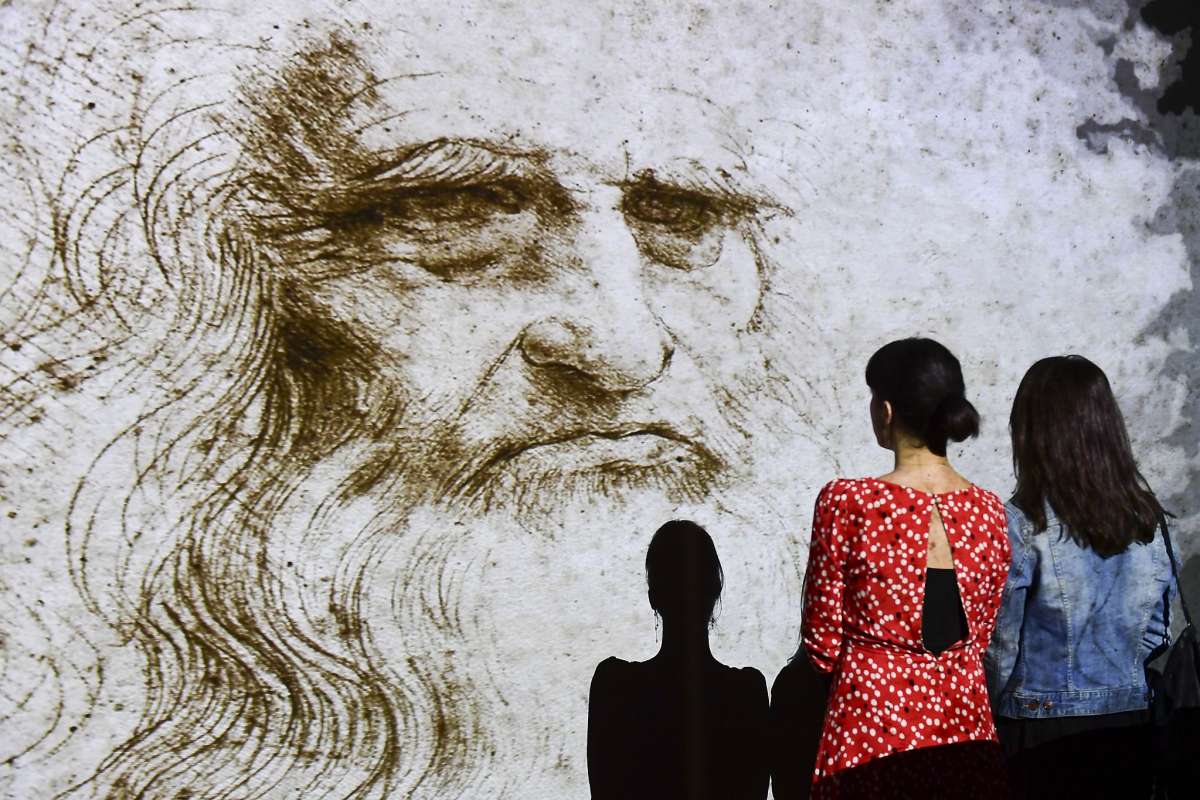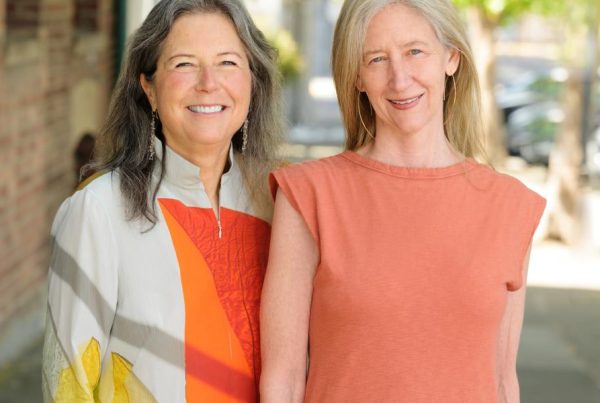When the novel coronavirus startled the world earlier this year, San Francisco quickly took action by suspending large public gatherings in the city. The order meant many artists — and art exhibitors — had to quickly consider how they must pivot and prepare for a society that exists with the virus, one that might not allow the same artistic interactions we’ve come to take for granted.
As such, the pandemic is accelerating technology’s already rapid transformation of visual arts, from their creation process to their discovery and experience.
Within visual arts, artificial intelligence (AI) has already redefined who can be an artist. In 2018, a portrait created by an AI was sold at auction for $432,000, reaching a new milestone for conceptual and generative art. Multi-sensory and experiential art forms have established a growing presence within visual arts. Rather than simply appealing to the person’s visual field, these large-scale installments and immersive experiences combine other modalities — audio, touch, taste and smell — for an enhanced experience.
Source: Admiring art in the future could mean virtually stepping into a painting – SFChronicle.com














